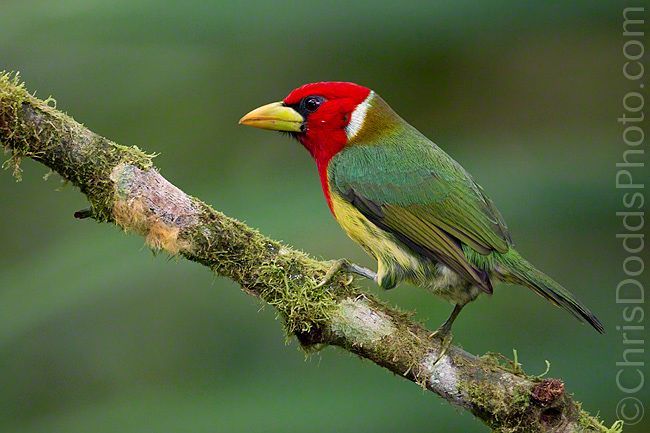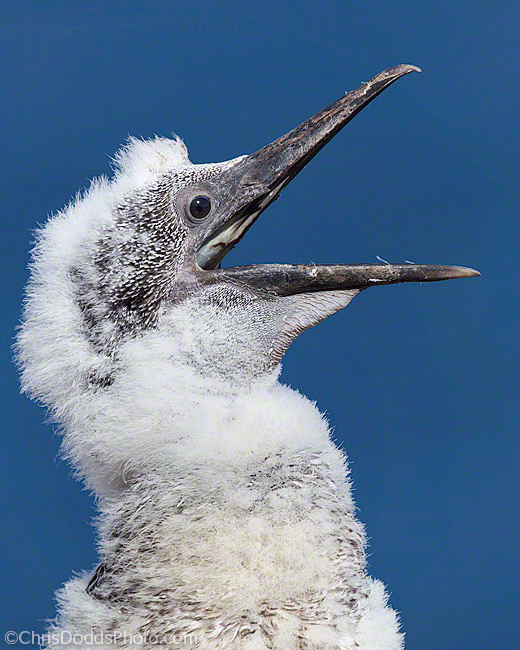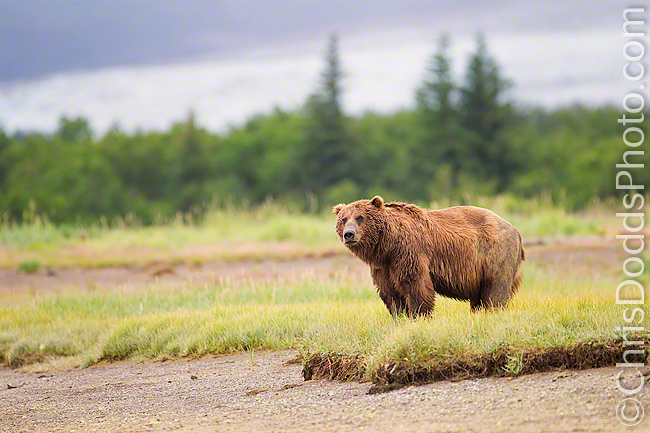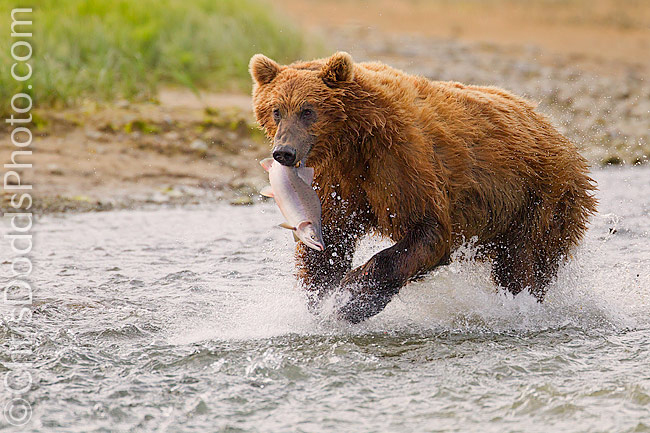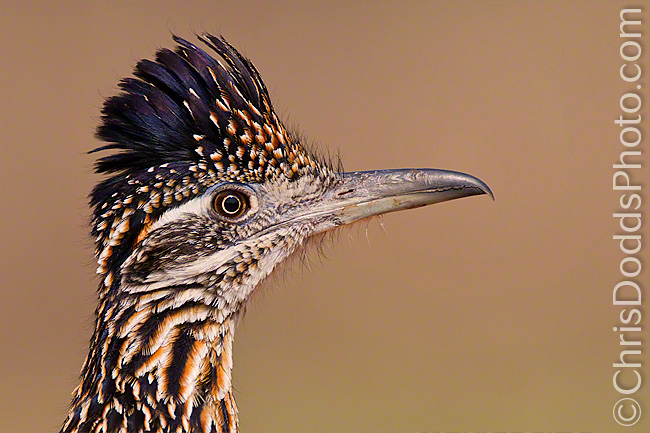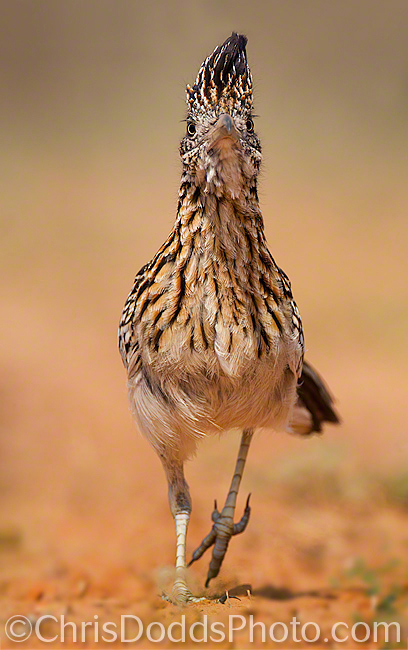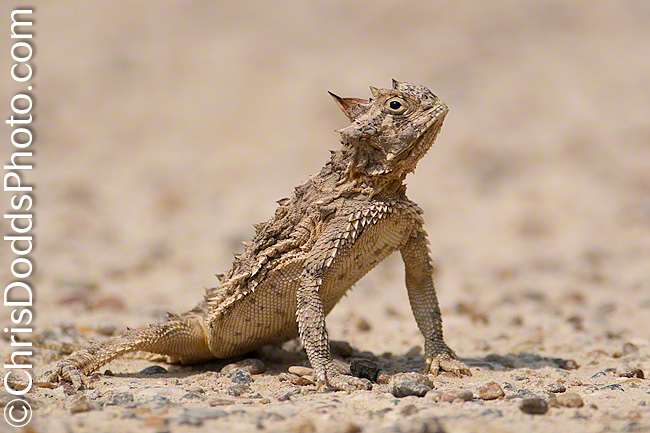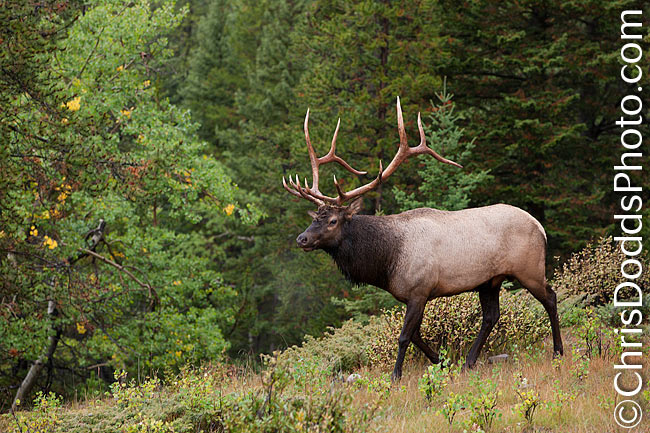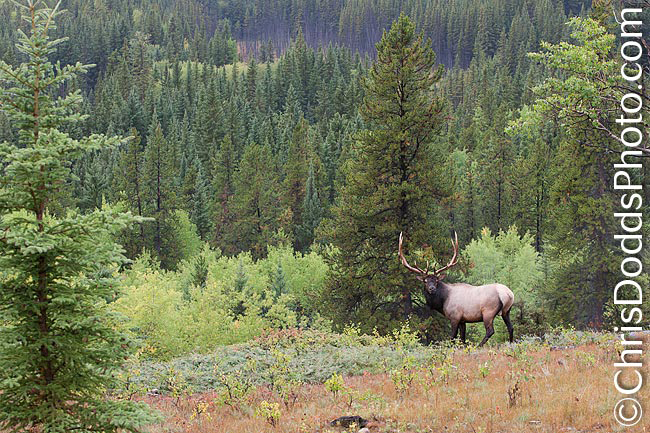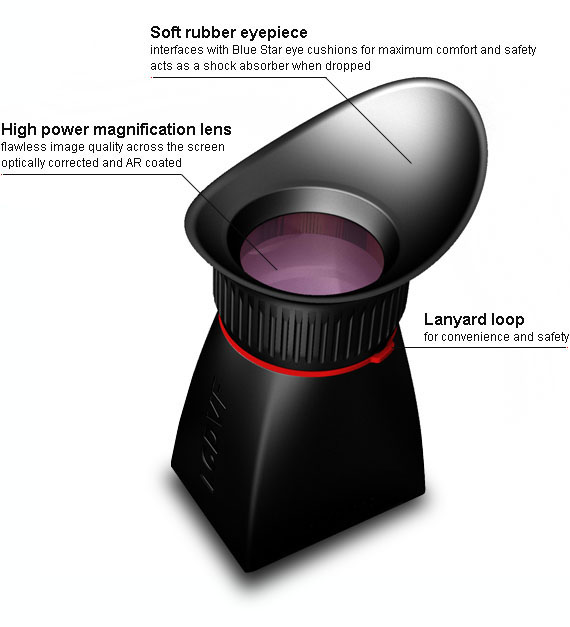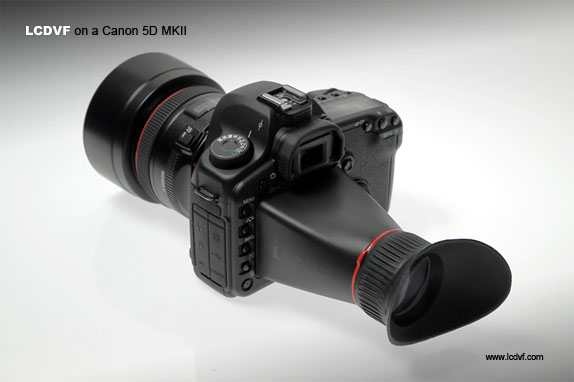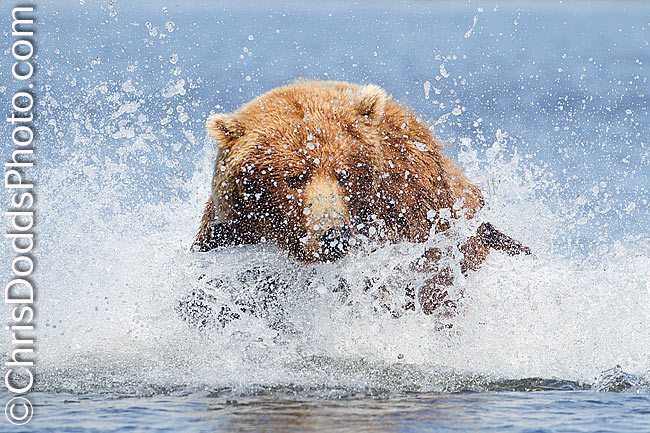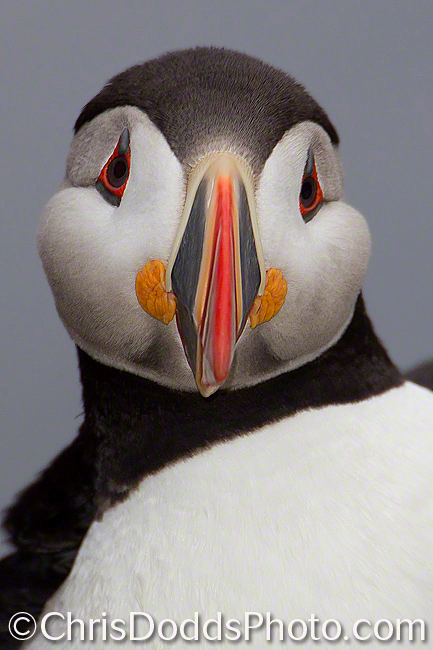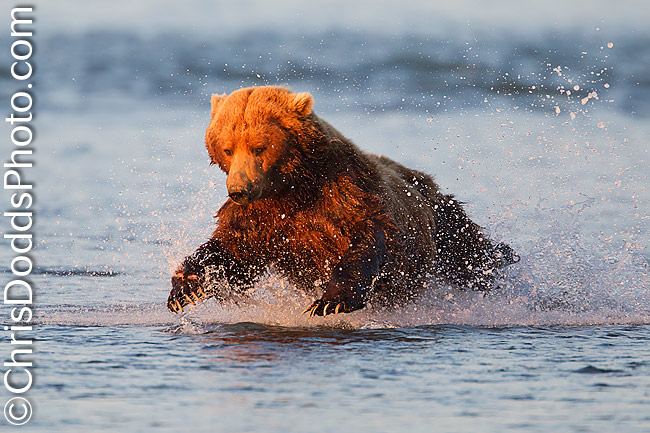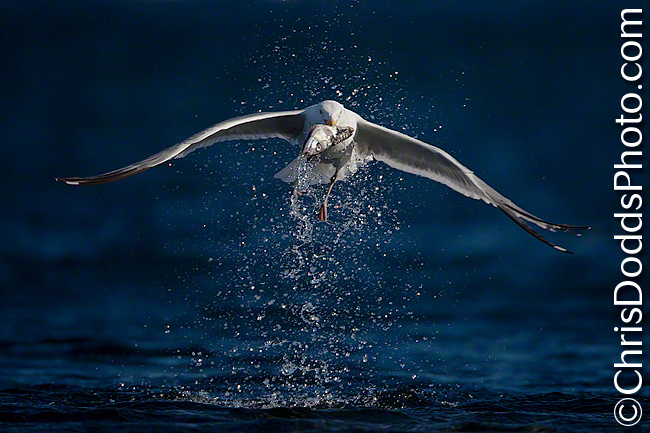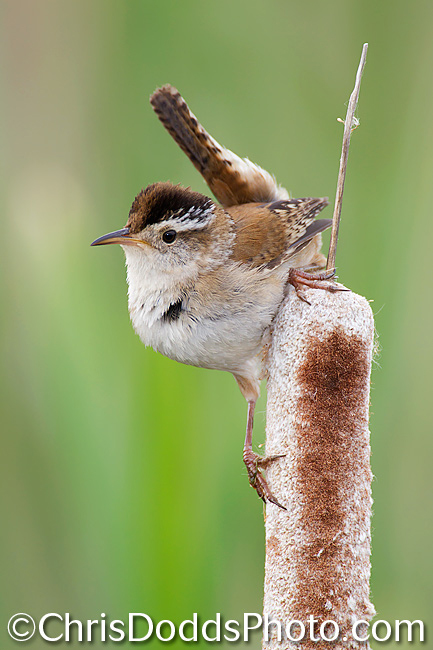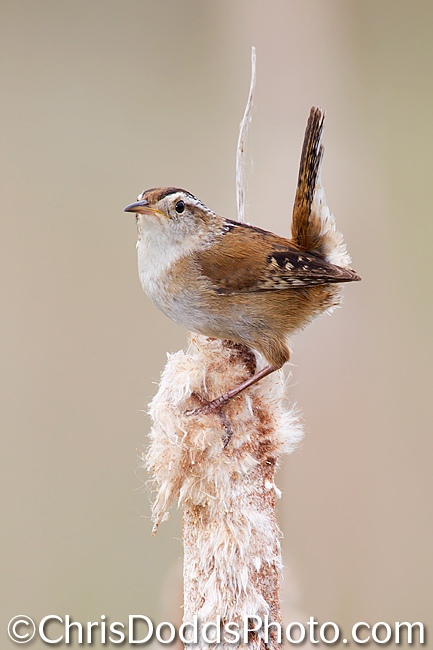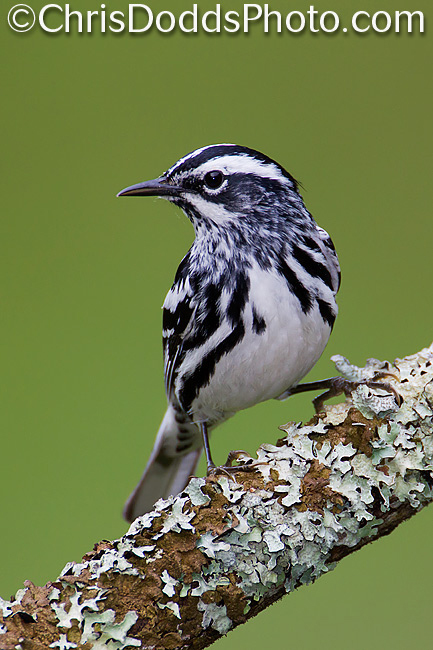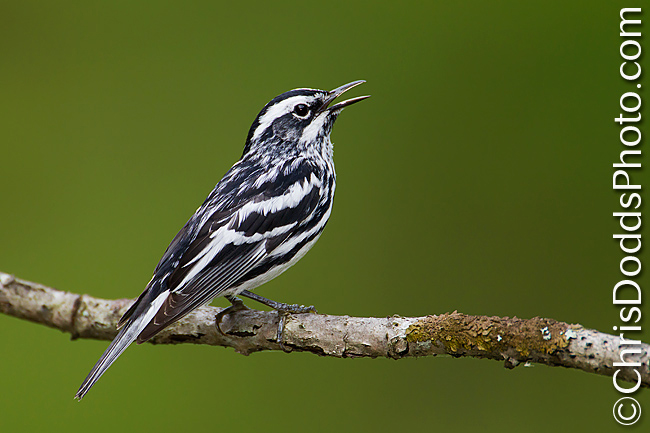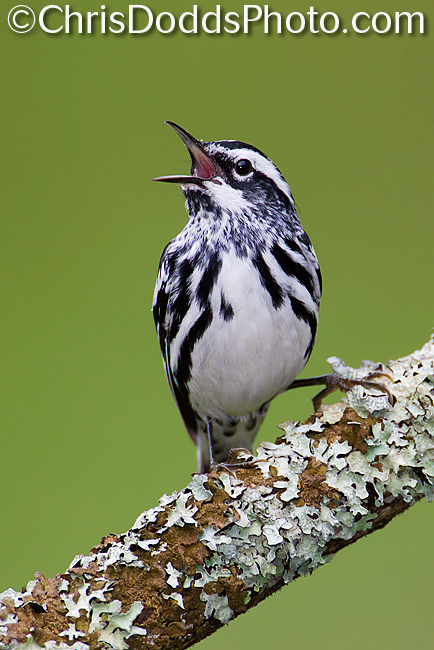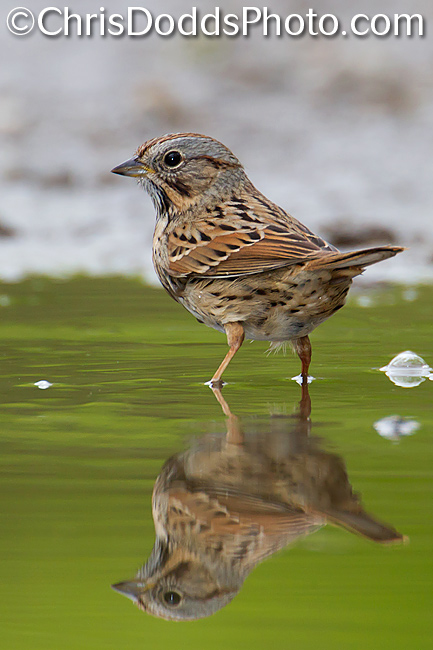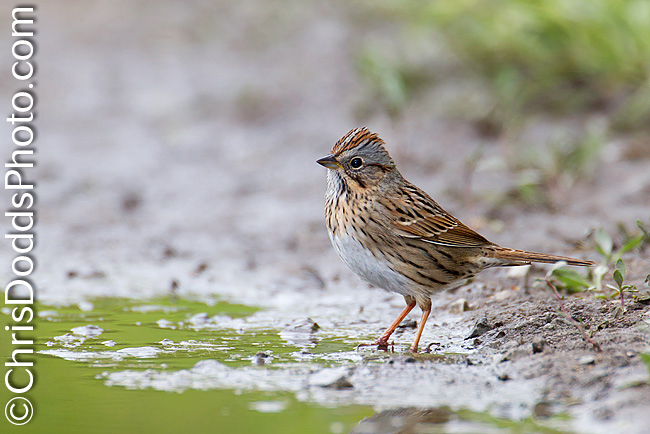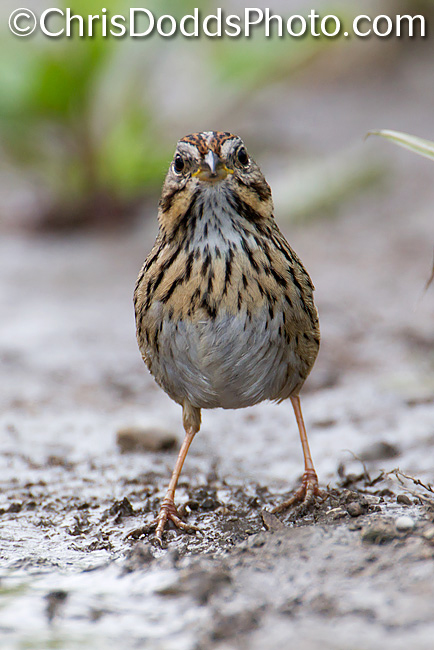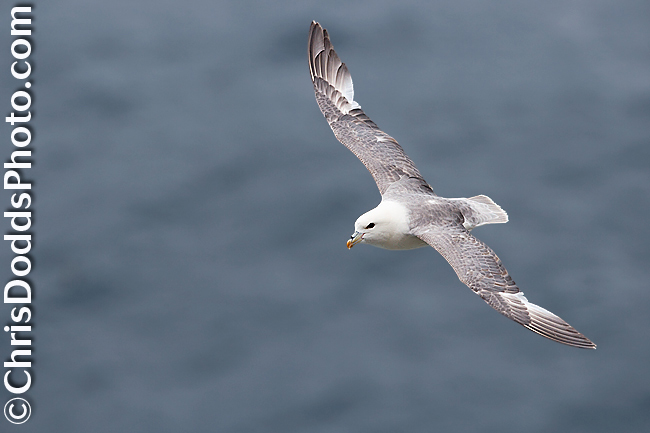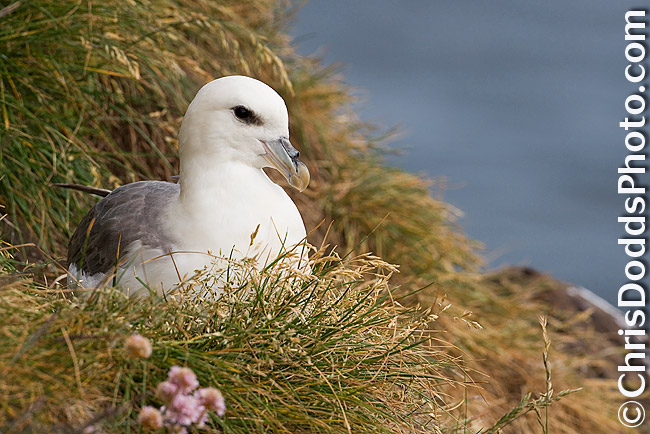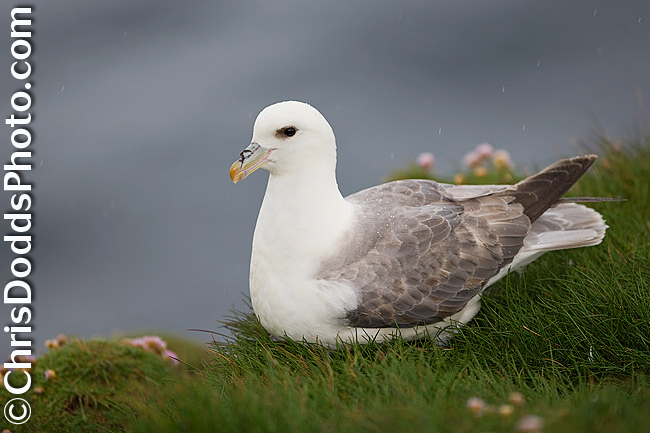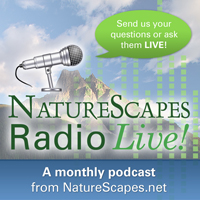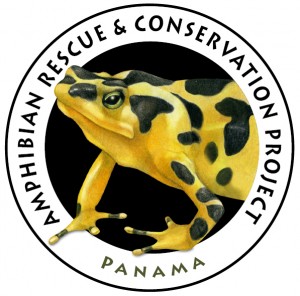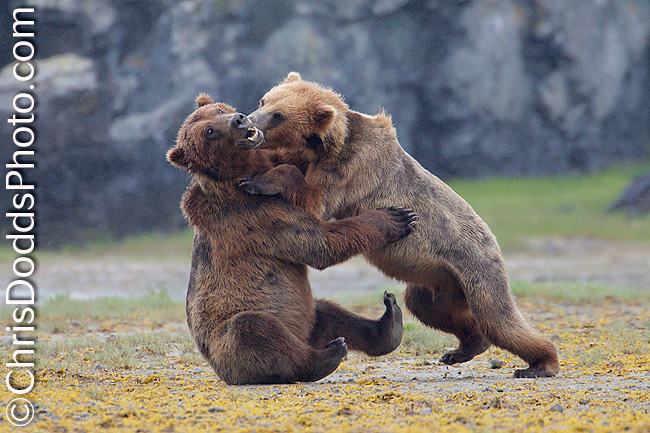 Coastal Brown Bear males (boars) Wrestling in rain (Ursus arctos) Kukak Bay, Katmai National Park, AK Image Copyright ©Christopher Dodds www.chrisdoddsphoto.com All Rights Reserved. Canon EOS 1DMKIV, 500mm F4 L IS with 2X Teleconverter II, Tripod & Wimberley Head II. Think-Tank Photo Hydrophobia 300-600. ISO 1250, F8 @1/800s Manual mode. CLICK HERE TO PURCHASE A PRINT or LICENSE IMAGE FOR PUBLICATION.
Coastal Brown Bear males (boars) Wrestling in rain (Ursus arctos) Kukak Bay, Katmai National Park, AK Image Copyright ©Christopher Dodds www.chrisdoddsphoto.com All Rights Reserved. Canon EOS 1DMKIV, 500mm F4 L IS with 2X Teleconverter II, Tripod & Wimberley Head II. Think-Tank Photo Hydrophobia 300-600. ISO 1250, F8 @1/800s Manual mode. CLICK HERE TO PURCHASE A PRINT or LICENSE IMAGE FOR PUBLICATION.
Bear Fight
Though struggles between two juvenile bears might seem mortal, it is in fact just playful combat, designed to hone the animals skills. In later life, however, in teritorial disputes between two males, real fights can result in serious injury to the combatants, or even have a fatal outcome. Brown bears also fight to establish hierarchy and rights to prime fishing spots.
Trip Report
We had a blast watching, and photographing, four males (boar) fighting and wrestling with each other for what seemed like hours during the second afternoon of the Coastal Brown Bears of Katmai workshop/Safari. We carefully added out 2X tele-extenders to our 500mm Lenses for maximum reach, to fill the frame and to keep a safe distance between us and the battling giants. It rained much of the day, and we all put our Think-Tank Photo Hydrophobia rain covers to good use.
Do consider joining me next year, for the ultimate Coastal Brown Bears of Katmai Nature Photography Workshop / Photo Safari from July 24 to 30, 2011. MORE INFORMATION AND REGISTRATION FORM HERE.
Think-Tank Photo HYDROPHOBIA Ultimate Camera Rain Cover
I promised a review of the Think Tank Photo Hydrophobia when I got back from Bonaventure Island in June; Turns out, there's no better way to get hot, sunny and dry weather, than bringing along the very best rain gear to protect your valuable camera gear. We had day, after day, of glorious and hot, sunny weather; In fact, I only recall breaking out the rain covers once. There are now tons of reviews out there that include all of the technical specifications and videos of people spraying garden hoses onto expensive cameras sporting these covers. What I wanted to do here is give you a short, sweet, real world review of these covers when used in the very toughest conditions.
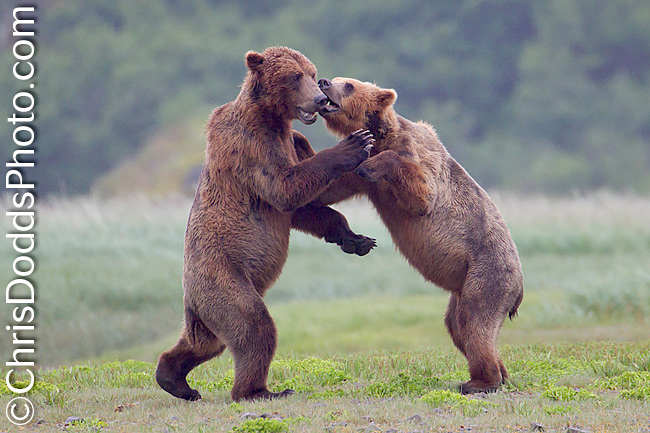 Coastal Brown Bear males (boars) Fighting in rain (Ursus arctos) Kukak Bay, Katmai National Park, AK Image Copyright ©Christopher Dodds www.chrisdoddsphoto.com All Rights Reserved. Canon EOS 1DMKIV, 500mm F4 L IS with 2X Teleconverter II, Tripod & Wimberley Head II. Think-Tank Photo Hydrophobia 300-600. ISO 1250, F8 @1/800s Manual mode. CLICK HERE TO PURCHASE A PRINT or LICENSE IMAGE FOR PUBLICATION.
Coastal Brown Bear males (boars) Fighting in rain (Ursus arctos) Kukak Bay, Katmai National Park, AK Image Copyright ©Christopher Dodds www.chrisdoddsphoto.com All Rights Reserved. Canon EOS 1DMKIV, 500mm F4 L IS with 2X Teleconverter II, Tripod & Wimberley Head II. Think-Tank Photo Hydrophobia 300-600. ISO 1250, F8 @1/800s Manual mode. CLICK HERE TO PURCHASE A PRINT or LICENSE IMAGE FOR PUBLICATION.
Rain protection for everything between the 300 F2.8 and the 600 F4 (this even works perfectly with the Canon 800 F5.6, as I discovered). It's designed to be pre-mounted around the lens hood for easy deployment, has a pocket to store the eyepiece (Eyepieces sold separately) and includes an extension for use with the longer glass. Simply put; it's the very best option I've found out there - and I’ve tried dozens. I would love a lower profile pocket at the lens hood end, so my line of sight is not disrupted while photographing birds in flight with the rain cover in the "stored" position and having more material between ends (one piece) would mean I could actually remove the cover in it's stowed position with the lens hood for packing; something I found impossible with my 500mm F4 IS Canon lens, when installed with enough room for my 2X Tele-converter and the Canon off-camera shoe cord slid into the hot shoe. Other improvements that I quickly wished for were more clear window around the eyepiece and a flap over the eyepiece to protect it from filling with raindrops when I wasn't shooting - both of which have been incorporated into the design of the newer Hydrophobia 70-200 & Hydrophobia 70-200 Flash. I do hope there is a re-design of this model, with an option for a removable rain cover for a flash with the Better Beamer Flash Extender attached. I was able to use this cover with the Wimberley tripod head (Version I or II), and I figured out how to use my flash bracket, flash and Better Beamer, but I feel there is more than enough nature photographers out there to warrant a special "nature" edition. In the mean time, this is, without doubt, the very best option on the market now.
Essentially the 70-200 Flash, without the clear flash pocket - do yourself a favor and spend the extra $6.00 to get the Flash version (below)
Oh, la-la, this is the newest addition to the Hyrophobia line, and Think-Tank Photo's rapid product evolution really shines here. The clear window has been re-designed with more clear space, there's a cover over the eyepiece that flips up and out of the way when shooting, a removable front lens cover, an ingenious built-in camera strap that keeps your camera securely attached to the cover, and horizontal when slung under your shoulder - fantastic for the long days a nature photographer carries a second, shorter lens / camera. This one is evolutionary perfection and I can't think of a single thing to make it better. The clear flash pouch stows out of the way when not used, and there's even room for flash modifiers.
PRO TIPS:
Real world shooting in the rain required me to frequently remove my hands from the cover, and I found that my hands got wet and I transferred water inside the cover; this caused the clear windows to fog up. I simply wrapped a small towel around the barrel, where the lens meets the camera body, to dry my hands and absorb any excess moisture, preventing the condensation from forming.
Don’t just use it in the rain. I found the covers to be really useful to prevent saltwater from splashing my gear while photographing from a boat, they kept my gear free of sand while getting low on a beach and I even used them as sun protection for my hands during lengthy shoots in strong sunlight.
Maintenance: For a long life, be sure to rinse after use and hang to dry; I found it practical to leave my Hydrophobia covers hanging in my car to ensure they dried thoroughly before packing into the nylon mesh pouch for storage.
BE SURE TO ORDER YOUR THINK-TANK PHOTO HYDROPHOBIA BY CLICKING THIS LINK AND RECEIVE A FREE BAG WITH EVERY ORDER OVER $50.00
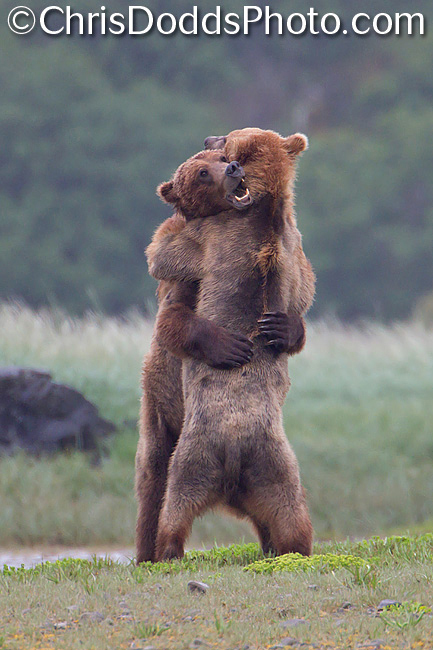 Coastal Brown Bear males (boars) BEAR HUG in rain (Ursus arctos) Kukak Bay, Katmai National Park, AK Image Copyright ©Christopher Dodds www.chrisdoddsphoto.com All Rights Reserved. Canon EOS 1DMKIV, 500mm F4 L IS with 2X Teleconverter II, Tripod & Wimberley Head II. Think-Tank Photo Hydrophobia 300-600. ISO 1250, F8 @1/800s Manual mode. CLICK HERE TO PURCHASE A PRINT or LICENSE IMAGE FOR PUBLICATION.
Coastal Brown Bear males (boars) BEAR HUG in rain (Ursus arctos) Kukak Bay, Katmai National Park, AK Image Copyright ©Christopher Dodds www.chrisdoddsphoto.com All Rights Reserved. Canon EOS 1DMKIV, 500mm F4 L IS with 2X Teleconverter II, Tripod & Wimberley Head II. Think-Tank Photo Hydrophobia 300-600. ISO 1250, F8 @1/800s Manual mode. CLICK HERE TO PURCHASE A PRINT or LICENSE IMAGE FOR PUBLICATION.
